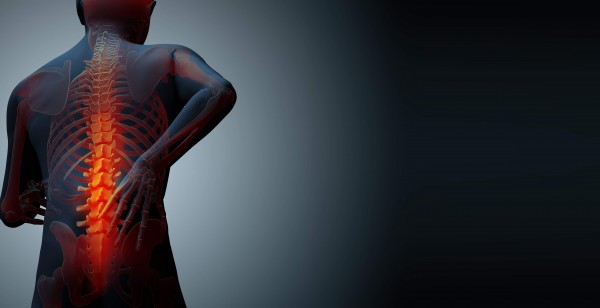The Relationship Between Postural Problems and Osteoporosis

If you do not watch your posture, then you may end up with more than a bad back later on in life. Not only can a bad posture make you look shorter than you really are, but it can also cause disorders in the spinal regions, and even the entire skeleton. Osteoporosis is one of these ailments, and can be particularly debilitating when you hit your later years. It can also be a very bad thing if you have always wished to grow taller.
Osteoporosis can also be the cause of poor posture. A stooped back is a common result of this ailment, and can even prevent you from growing taller in most cases. When suffering from osteoporosis, you may experience so much more than a bad back, however. Fixing your posture can be one step in the battle against contracting osteoporosis, along with other potentially debilitating ailments in life.
What Is Osteoporosis?
Osteoporosis is when a person suffers from a greatly reduced bone density. This disease can also lead to an increased risk of fractured or broken bones, due in part to the reduced calcium and protein amounts that the bones have. Currently, there are two primary kinds of osteoporosis that cases of the illness are classified into:
Primary Type 1 – Sometimes known as postmenopausal osteoporosis, this type is most common with women after menopause. Idiopathic osteoporosis is also classified as a Primary Type 1 case, and occurs in people 70 and under.
Primary Type 2 – Secondary osteoporosis occurs in both men and women after the age of 75. It is also referred to as senile osteoporosis in some cases. Most cases of primary type 2 osteoporosis also occur because of secondary, external factors, like other diseases and certain medications.
Another effect that osteoporosis has on the body is poor posture. A stooped back can be the result of fractures in the spine and vertebrae area, and can be accompanied by pain in the back. Not only will sufferers experience a loss in height, but they will also suffer from reduced mobility and an increased risk of falling.
Some common causes of osteoporosis are:
Alcohol, Tobacco and Drug Abuse
Other diseases, like gastrointestinal ailments
Medical conditions like hypercalciuria, which is the increased presence of calcium in urine, or hypogonadism, a deficiency in testosterone.
Side effects of certain medications, such as anticonvulsants, glucocorticoid medications and immunosuppresants.
Some cases of osteoporosis may simply be passed down from one generation to another. Luckily, modern medical science even allows hereditary cases to be overcome to a certain extent, allowing you to maintain an average height. You may even grow a little bit more if you recover from osteoporosis early.
Treatment Regime: Prevention and Effective Recovery
Keeping your precious height may mean you have to take preventive measures to keep osteoporosis and bad posture away. You can easily keep them away if you know how to eat and live healthier.
Maintaining a healthy lifestyle can prevent the onset of osteoporosis, and can help get rid of poor posture. Starting with alcohol and tobacco abuse can be first steps to a healthier lifestyle, if your life currently involves the regular and copious consumption of such.
You can’t have a healthier lifestyle without getting good amounts of exercise, too. Exercise, especially if you are younger, plays a big part in building up bone density that is vital to your skeleton, as well as your spinal areas. Exercising regularly can also help reduce the risk of bone fractures.
Since osteoporosis is a bone-related disorder, getting good amounts of calcium and vitamin D every day can help keep the illness away. Both the prevention and treatment of osteoporosis are done with supplements that contain either nutrient.
If you already are a sufferer of osteoporosis, chances are you are considering, or already are under treatment. Treating osteoporosis can be done with a variety of clinical procedures that are usually supplemented with the aforementioned techniques and lifestyle choices. Taking active steps towards a healthier lifestyle will not only help you overcome osteoporosis, but also give you a fighting chance at gaining more height.
The Negative Impact of Osteoporosis on your Height
Part of what makes osteoporosis so bad for your height is the effect it can have on your posture. Your spine accounts for about 35% of your overall height, so when you are faced with a disease that can affect your bones, your spine becomes fair game. Luckily, just because you may be faced with such a disease doesn’t mean there is no chance at gaining more height.
Losing height will not cause you health problems, but the same factors that cause you to lose height do. In addition to osteoporosis, kyphosis, which is the medical term for a hunched back, can also affect your ability to breath properly. Being a posture-related ailment, straightening your back, whether with medical procedures or voluntarily with your own body movements, will be able to make you look taller and feel better.
Osteoporosis is not an age-exclusive ailment either, so you will need to be on your guard at all times. Protecting your height from the ravages that a sickness is capable of can help you maintain your general health in the process, and should be done as early as possible. Whether you are a teenager, or about to hit your senior years, growing taller may always be done